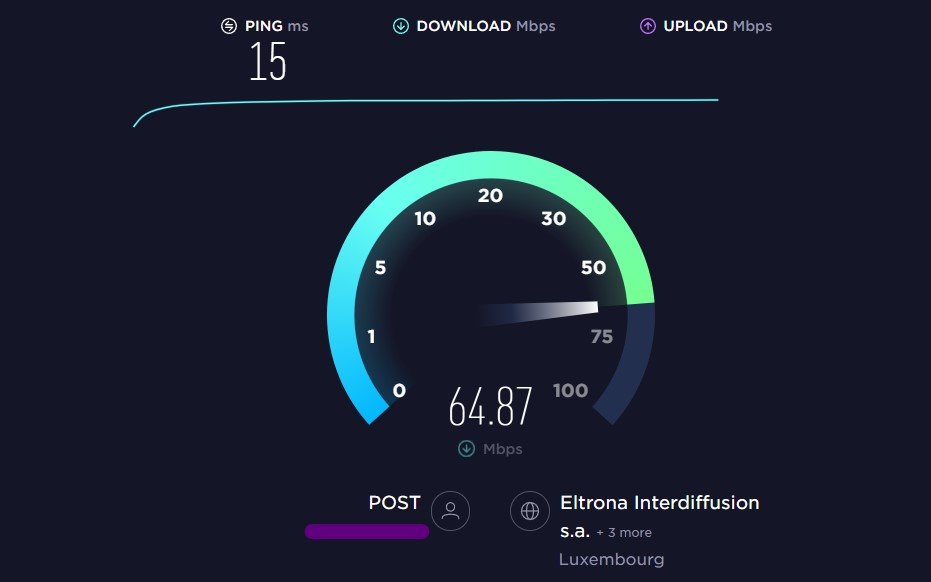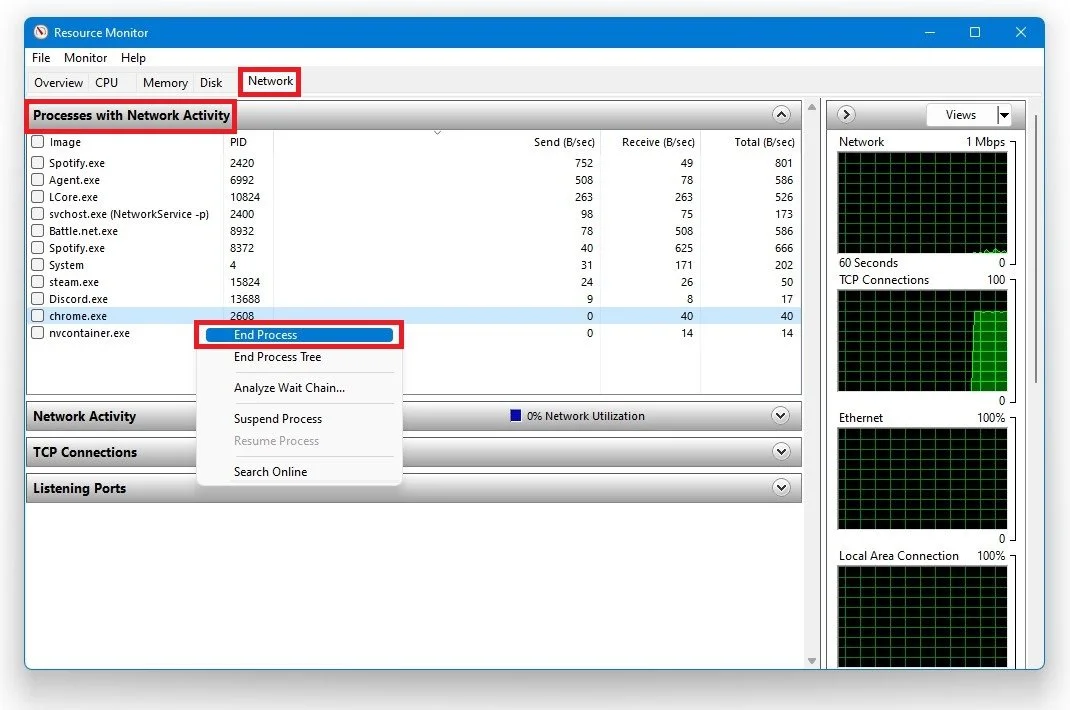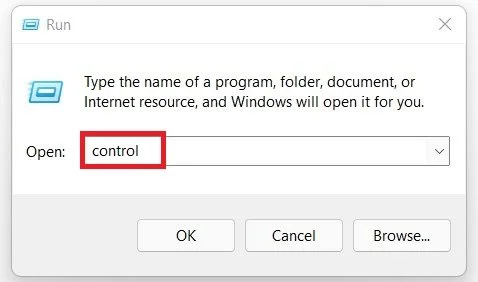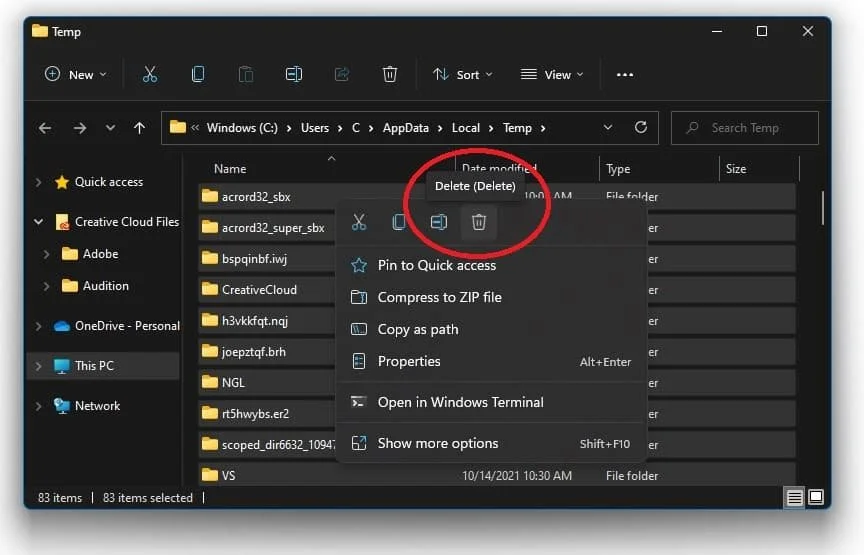Team Fortress 2 - How To Fix Network Lag, High Ping & Packet Loss
Team Fortress 2 is a popular multiplayer first-person shooter game that has been enjoyed by gamers worldwide for over a decade. However, one of the most frustrating aspects of playing online is experiencing network lag, high ping, and packet loss. These issues can make the gameplay sluggish, ruin the overall experience, and even lead to disconnections from the game server.
If you're one of the many players struggling with these network issues in Team Fortress 2, you're in luck. This article will provide expert tips and tricks to help you fix network lag, high ping, and packet loss in Team Fortress 2. Whether playing on PC, Mac, or Linux, our solutions will help you optimize your network settings, troubleshoot common problems, and enjoy a smoother gaming experience.
Verify the Team Fortress 2 Server Status
If you experience high server-side latency, the issue might not be on your end but rather related to the server you are playing on. Make sure that the servers are working fine by visiting this page. Here you can preview recent reports about server issues, and below, you can use the live outage map to see where the problem is coming from.
Down Detector > TF2
Disable VPN or Proxy Connection
Since Team Fortress 2 has many simultaneous players on the same server. You can also fix server problems by trying to change the server region in Team Fortress 2. This will help you depending on where you are trying to connect from. You should also ensure you are not using a VPN service, as this will cause latency and packet loss when you try to play Team Fortress 2. If the servers aren't affected, the problem could be on your end.
Test your Internet Connection Speed & Latency
Click here to test your connection. Using Speed-Test services to preview the approximate up- & download speed of your connection and the latency to their server can help a lot in figuring out if network-related issues are caused by your connection or by the server you’re trying to connect to. On www.speedtest.net, ensure your latency (ping) averages below 100 ms. A connection with high latency will induce packet loss to the server and create lag and rubberbanding while playing Team Fortress 2. Use an ethernet cable to connect to your PC to improve your network connection. If you are forced to use a wireless connection, restart your router (or modem) if you haven’t done this in a while and reduce the number of devices connected to the same network.
Test your internet connection to the closest server
Close Network-Intensive Processes
Access your Resource Monitor by opening up your Task Manager. Right-click your taskbar to open up your task manager. Under Performance, select Open Resource Monitor. On the new resource monitor window, open the Network tab, where you must open the Processes with network activity.
Task Manager > Performance > Resource Monitor
After a few seconds, you will see every process using your network connection on your system. This might be your browser running in the background, Steam, or a download bottlenecking your connection. We suggest you only end the processes you know won't break your operating system. In the tab below, you can preview your network utilization in percentage.
Resource Monitor > Network > Processes with Network Activity
Command Prompt
Open up your command prompt by searching for CMD in your taskbar search. The next two commands will help you test and improve your latency and packet loss if your connection induces any.
ping google.com
This command will simply check your latency and packet loss to Google’s servers. You can also ping another server, but the ping google.com command has become somewhat of a benchmark in recent years.
ipconfig /flushdns
This command will reset your network connection by flushing its DNS resolver cache. This command will help improve your latency issues.
Windows Command Prompt
Change DNS Server Addresses
Your DNS server address connection can cause network-related issues. We will change this step, as it should help many users with network problems. Use the shortcut Windows Key + R, and in the dialogue box, enter Control and hit enter.
Run > Control
This will open up your control center. Navigate to Network & Internet, Network & Sharing Center, and select your connection.
Network and Sharing Center > Connections
Navigate to Properties, and lastly, double-click the Internet Protocol Version 4, as you can preview on the screenshot below. Select to Use the following DNS server addresses option, and as your preferred DNS server, use: 8.8.8.8. As your alternate DNS server, use: 8.8.4.4.
Use the following DNS server addresses
Additional Steps to Fix Network Lag in Team Fortress 2
Malware & Other Applications
We suggest removing malware and preventing applications from running that could use up your available resources or change your Team Fortress 2 files.
Verify Connection to ISP
In case you still experience latency or lag issues, then make sure to verify your connection to your Internet Service Provider. You can troubleshoot this step by changing your connection to your hotspot.
Delete Temporary Files
If you have issues loading maps or downloading other content, then make sure to delete your temporary files. Search for %temp% in your taskbar search to open up your temporary files folder. You can safely delete everything in the folder, some files might remain so just leave them there. This can help you reduce some clutter on your hard-drive.
Delete the content of your %temp% folder














